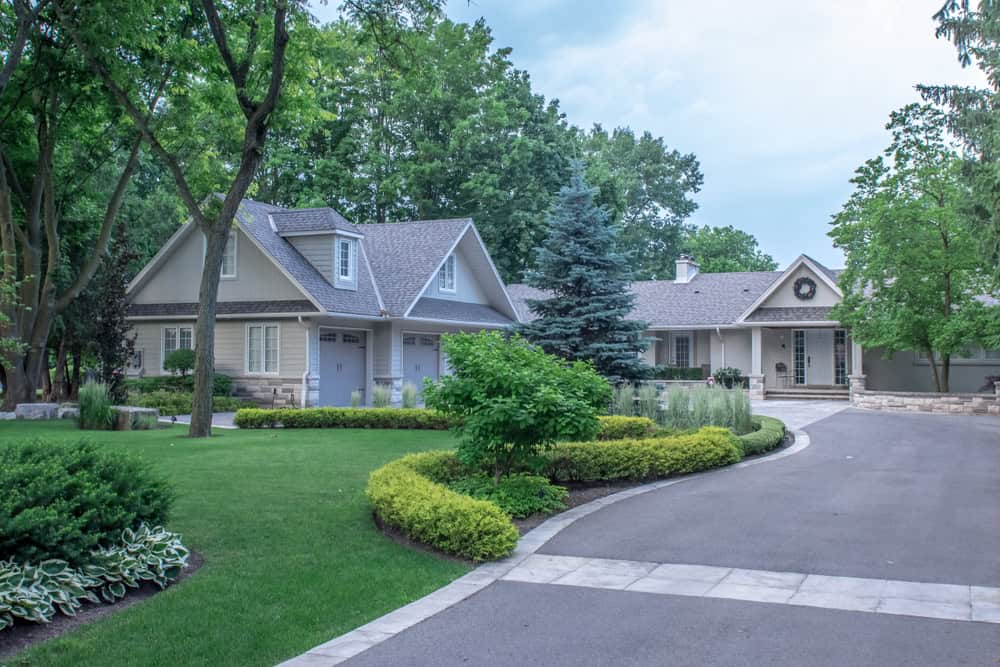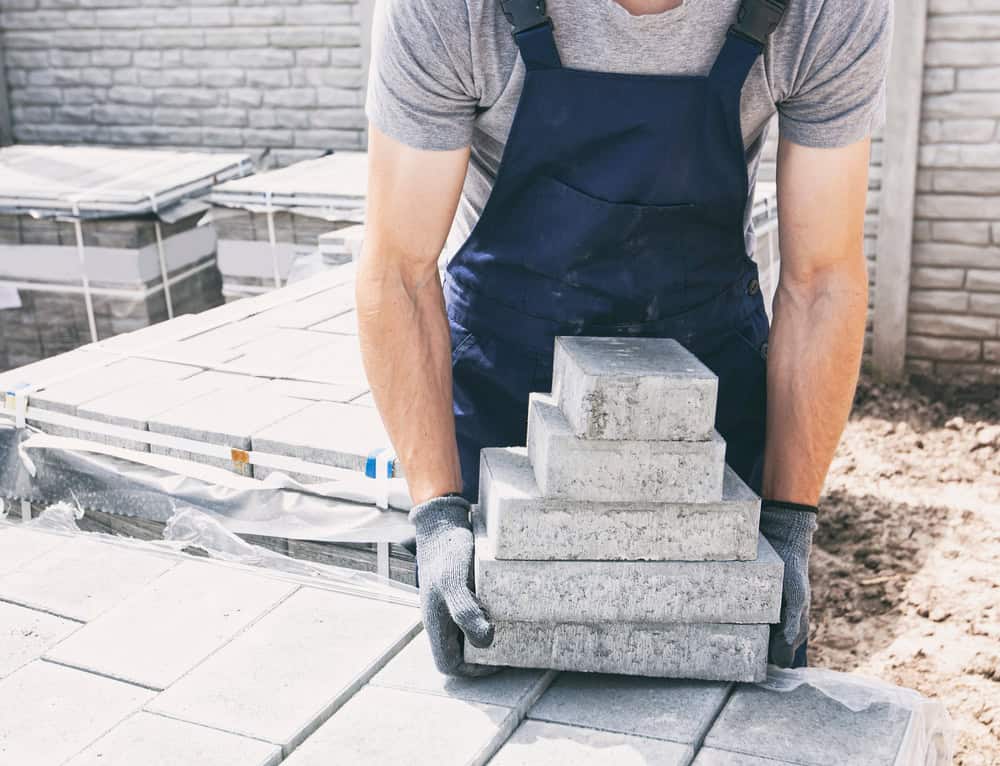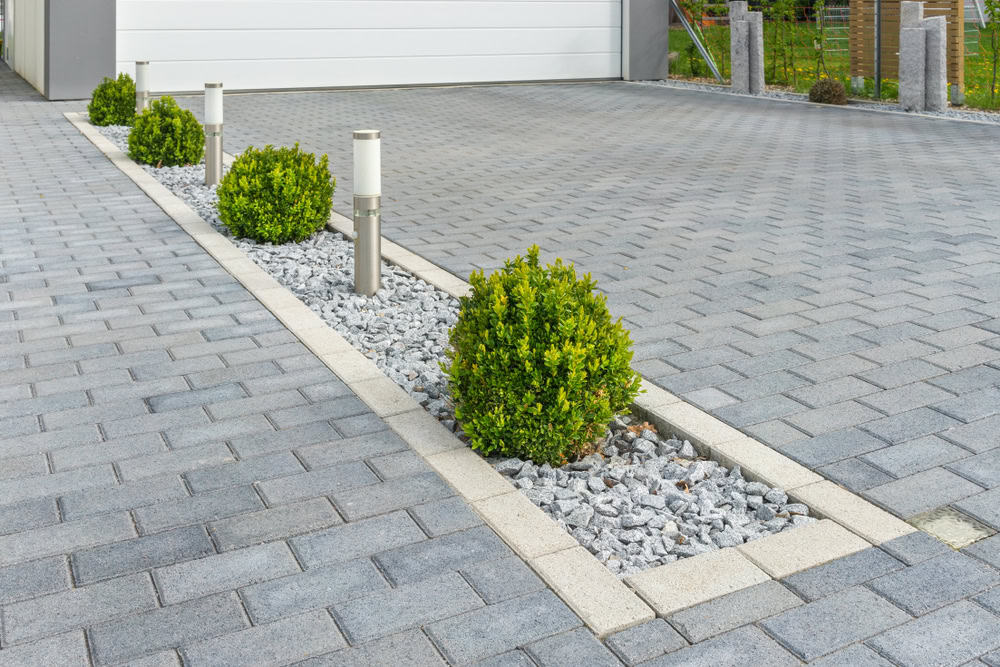Custom paver installation that withstands New England weather while adding lasting value to your Natick home.


You’ll have an outdoor area that handles everything from summer barbecues to winter freeze-thaw cycles without cracking or settling. Your new paver patio or driveway stays level, drains properly, and looks great year after year.
No more dealing with cracked concrete or puddles that turn into ice rinks. Instead, you get a surface that’s both beautiful and functional, designed specifically for New England’s climate.
Your property value increases while your maintenance headaches are non-existent. Our paving installations are built to last decades, not just a few seasons.
Academy Masonry has been installing pavers throughout the Natick area for years, and we understand exactly what works in the region’s soil conditions. We’ve seen what happens when corners are cut, and we’ve built our reputation on doing the job right the first time.
Our team knows brick patio contractors know local building requirements and work with the materials that perform best in our climate. Our installations are designed to stand the test of time.

We start with proper excavation and base preparation because that’s where most paver projects succeed or fail. The base gets compacted in lifts with the right materials for drainage and stability.
Next comes sand leveling and edge restraints to keep everything locked in place. Then we install your pavers according to the pattern you selected, with proper spacing, followed by joint sand and final compaction.
The whole process typically takes 3-5 days, depending on size and complexity. You’ll see steady progress each day, and we clean up completely when finished. Most importantly, you get a surface that’s ready to use immediately and built to handle whatever New England’s weather has in store.

Ready to get started?
Every paver installation includes proper excavation, engineered base materials, and professional-grade edge restraints. We handle all the technical details, such as slope calculations for drainage and compaction requirements for stability.
You get to choose from a wide range of paver styles, colors, and patterns that complement your home’s architecture. We’ll walk you through options that work well in our area and explain the pros and cons of different materials.
The installation comes with proper joint sand application and initial sealing when recommended. We also provide maintenance guidance so you know how to keep your new surface looking its best for years to come.

Local Resources